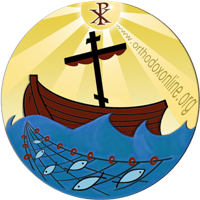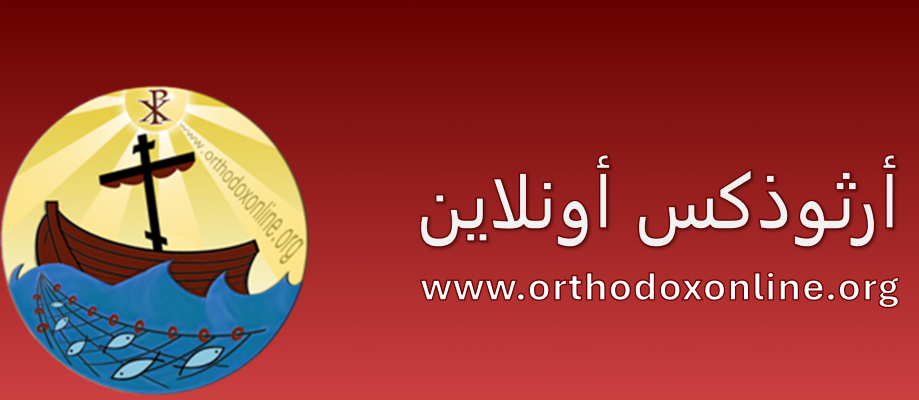In the Old Testament, the prophets often used the image of a wedding to speak about God’s relationship with His people. We find that God in this image represents the role of the groom, while the believing people represents the role of the bride. God always reminds His people that He is jealous. “The Lord your God is a consuming fire and a jealous God” (Deuteronomy 4:24). Jealousy here is due to the love that God has for His people and the constant loyalty that the people do not reciprocate.
So the story in the Old Testament is a love story in which people commit betrayals from time to time, while God remains faithful and always waits for the sinner to return from his transgression. In the Book of Hosea we find a complete picture of this subject, after the harsh words that the Lord addresses through His Prophet to Hosea’s wife: “Plead with your mother, make a plea for her, for she is not my wife, nor am I her husband... For she said: I will go after my lovers who give me my bread, my water, my wool, my flax, my oil, and my drink.” (2:4-7), he repents to her after she repented to him and decided to return, so he says: “And I will betroth you to me forever. I will betroth you in righteousness and truth and compassion and mercies, and I will betroth you to me in faithfulness, and you will know the Lord” (2:21-22). The history of the people of God in the Old Testament is a continuous process of repentance, turning away from God and then returning to Him, like the story of the Prophet Hosea with his wife, as this prophet shows us that the history of repentance is similar to the history of a wife who betrays her husband and returns to him, and he is always present to accept her repentance.
And God is, according to Isaiah, the faithful husband who redeems his wife (i.e., his people), “For your husband is your Maker, whose name is the Lord of hosts, and your Redeemer is the Holy One of Israel, who will be called the God of the whole earth” (Isaiah 54:5). Even if he stays away from her for a short time, he must return to her: “For a moment I left you, and with great mercies I will embrace you. In anger I hid my face from you for a moment, but with everlasting compassion I will have mercy on you, says the Lord your Redeemer” (54:7-8).
In the New Testament, the image does not change, except that the groom becomes Jesus, as he is the one who likens himself to the groom (Luke 5: 34-35 and Mark 2: 19-20), and John the Baptist says, according to the testimony of the Evangelist John, in response to his disciples: “Whoever has the bride, he The bridegroom” (John 3:29), adding that he is nothing but a friend of the groom. The Bridegroom, who is Jehovah in the Old Testament, sacrifices Jesus Christ in the New Testament.
The picture becomes clearer with the Apostle Paul, where he says: “For I am jealous for you with God’s jealousy, because I have betrothed you to one husband, as a pure virgin to be married to Christ” (2 Corinthians 11:2). In the context of this wedding image, Christ occupies the position of the groom, a position that was limited to God alone in the Old Testament, while the bride is the group of believers in his name.
In his letter to the Ephesians, the Apostle Paul writes at length about this subject, saying: “Husbands, love your wives, just as Christ loved the church and gave himself for her to sanctify her, cleansing her with the washing of water and an accompanying word, and to bring her to himself a glorious church, not having spot or wrinkle or anything like that.” “But holy and without blemish” (5:25-27). St. Paul's main purpose in this text is to talk about the Church, not to talk about household morals. The Bride Church is the place for announcing the mystery of redemption, the mystery of Christ’s death for the salvation of the world. This wedding image is also linked to the image of the church-body, of which Christ is the head (Ephesians 5:23) and we are his members (Ephesians 5:30).
In the Book of Revelation, the king’s wedding turns into a wedding for the Lamb, a wedding that assumes suffering (Revelation 19:7-21). The Lamb is the sacrifice (Revelation 5:12), but the bride is the New Jerusalem (21:2, 9-10). The eschatological dimension dominates this wedding image, as the apocalyptic writer conveys to us in chapter 21 what the last day will be like, saying: “And I saw the holy city, the new Jerusalem, coming down out of heaven from God, prepared like a bride adorned for her groom. And I heard a loud voice from the throne saying: Behold, the tabernacle of God is with the people. He will dwell with them, and they will be His people, and He will be “God with them” (21:2-3).
As for the role of the bride (i.e. the church) today and before the coming of the last day, it is to pray and supplicate the bridegroom (i.e. Christ) to come quickly: “The Spirit and the bride say: “Come,” and let him who hears say: “Come.” And whoever is thirsty let him come, and whoever wishes let him draw the water of life freely. “(22:17). This verse applies to the state of the church today, which awaits the Lord coming in glory on the clouds. It is not in vain that the Apostle John ended his vision with prayer, hoping for the second coming of the Lord quickly: “Come, Lord Jesus” (22:20) and quickly.
God's relationship with His people in the Old Testament, which was likened to a marital relationship, was punctuated from time to time by one-sided betrayals, while God remained faithful to His covenant and turned toward His people. In the New Testament, the Church, the bride, which the Apostle Paul described as “glorious, not having spot or wrinkle or any such thing, but holy and without blemish” (Ephesians 5:27), will not be in this image except at the glorious coming of the Lord and the descent of the heavenly Jerusalem, “prepared as a bride.” Decorated for her groom.”
About my parish bulletin


